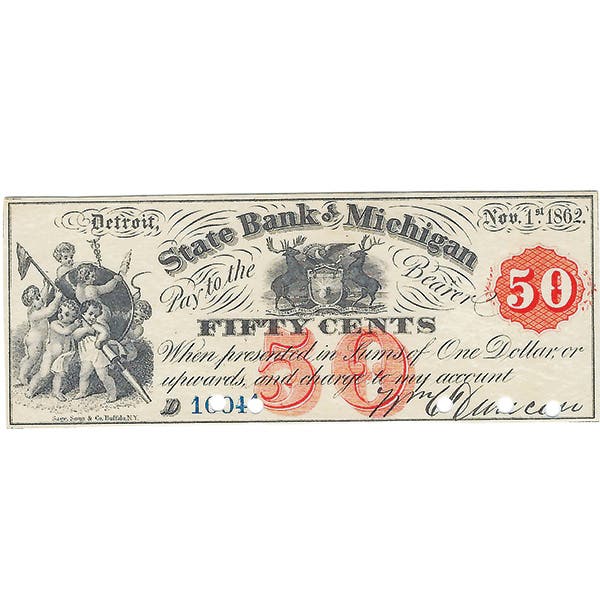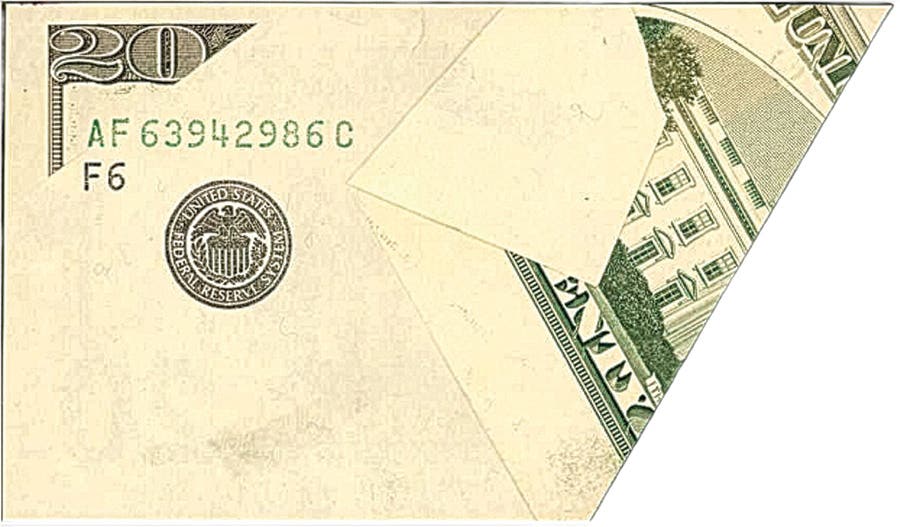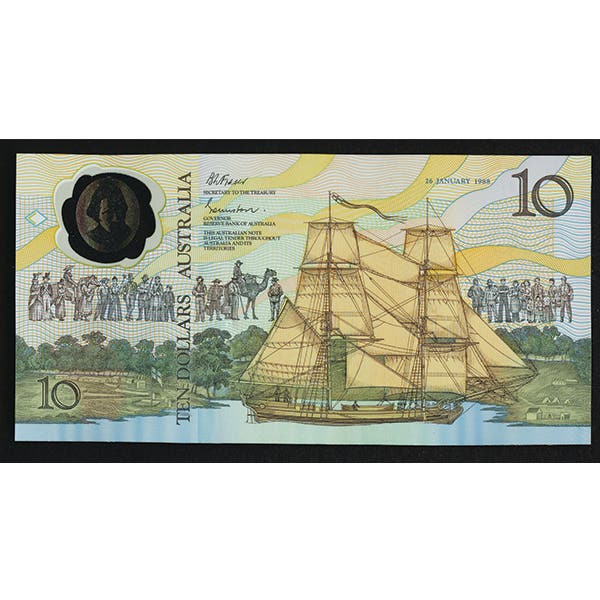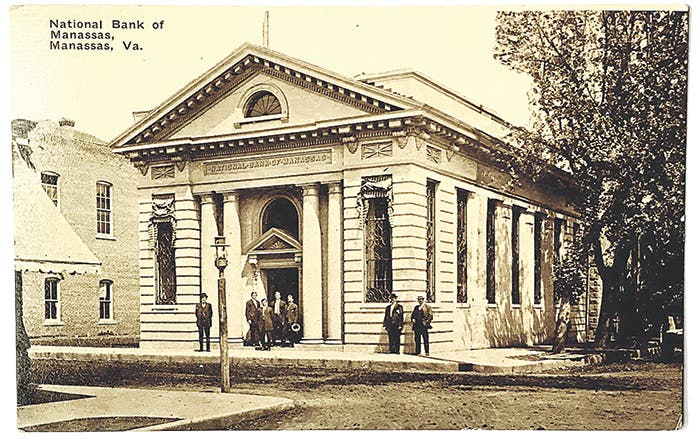Unusual name for note-issuing berg
By Peter Huntoon Ducktown is located in the southeast corner of Tennessee in what became known as Copper Basin. The name of the town is one of the most unusual…
By Peter Huntoon
Ducktown is located in the southeast corner of Tennessee in what became known as Copper Basin. The name of the town is one of the most unusual for a Tennessee note-issuing berg but, according to the National Currency Foundation census, no notes are reported from The First National Bank that operated there.
The bank was chartered in 1909 and liquidated in 1916, whereupon it was succeeded by the Miners State Bank. Only 735 sheets of 10-10-10-20 1902 date and maybe some plain backs were issued to maintain its minimal circulation.
The name of the place has been in use since 1799, when it was named after a Cherokee village called Kawanam, which is supposed to mean Ducktown. The Cherokees were forcibly driven to Oklahoma from the region in 1836 as part of President Jackson’s Indian removal campaign.
Copper was discovered in 1843 by a gold prospector, who instead found nuggets of native copper. Ducktown developed as the center of a major copper-mining district between 1847 and 1987. Mining ceased during the Civil War when Union troops destroyed the copper refinery and mill at Cleveland, Tenn., in 1863, then resumed in 1866.
The copper occurred as copper sulfate ore, so the mills released huge amounts of sulfur dioxide into the local atmosphere, which caused severe sulfuric acid deposition that killed off the surrounding forests and led to serious denudation and erosion of the landscape. The vegetation has recovered to a large degree, and the town now hosts about 475 inhabitants and a museum that celebrates what occurred there.
This article was originally printed in Bank Note Reporter. >> Subscribe today.
If you like what you've read here, we invite you to visit our online bookstore to learn more about Standard Catalog of U.S. Paper Money.









